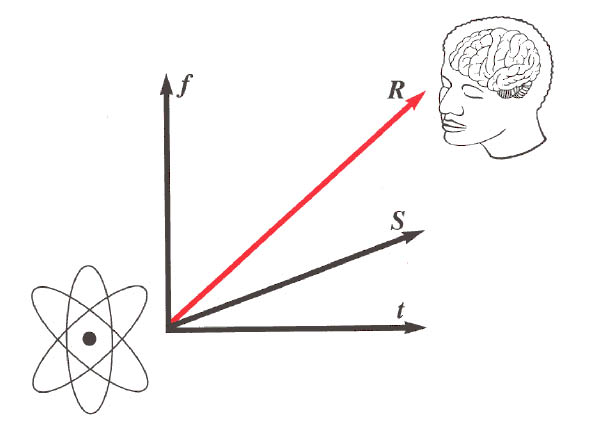
Systemic Approach to Fundamentals of Philosophy
 |
Contents
- Preface
- Introduction
- I. Structural-Functional Synthesis of Evolving Systems
- II. General Theory of Material Systems
- Systemness of Matter
- Functional Cell and Functioning Unit
- Principles of Systemic Formation of Matter
- III. Dialectical Genesis of Material Systems
- The Cascade Nature of the World Formation
- IV. Systemic Architectonics of Organisational Levels of Matter
- Postface
Igor I. Kondrashin 1997
First published in 1997 by
The Pentland Press Ltd.
1 Hutton Close, South Church
Bishop Auckland
Durham
United KingdomAll rights reserved.
Unauthorised duplication
contravenes existing laws. British Library Cataloguing in Publication Data.
A catalogue record for this book is available
from the British Library.ISBN 1 85821 463 7
Composition, design (C) Mironenko I.E., 2000